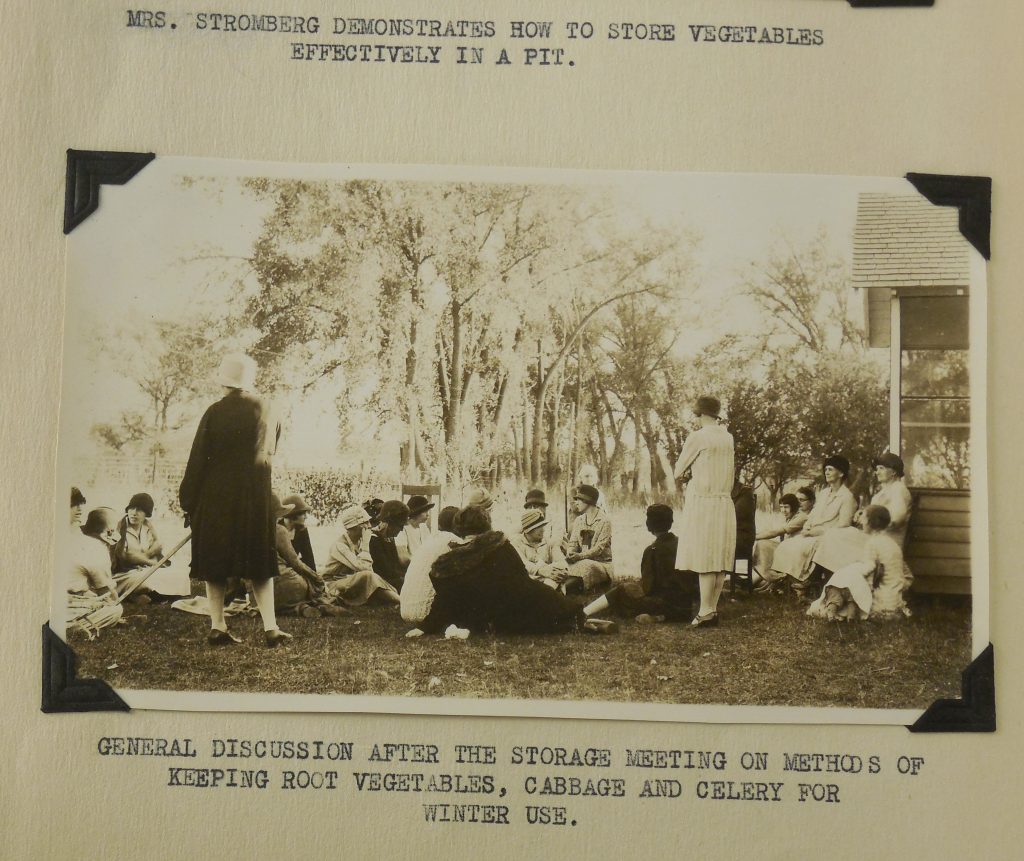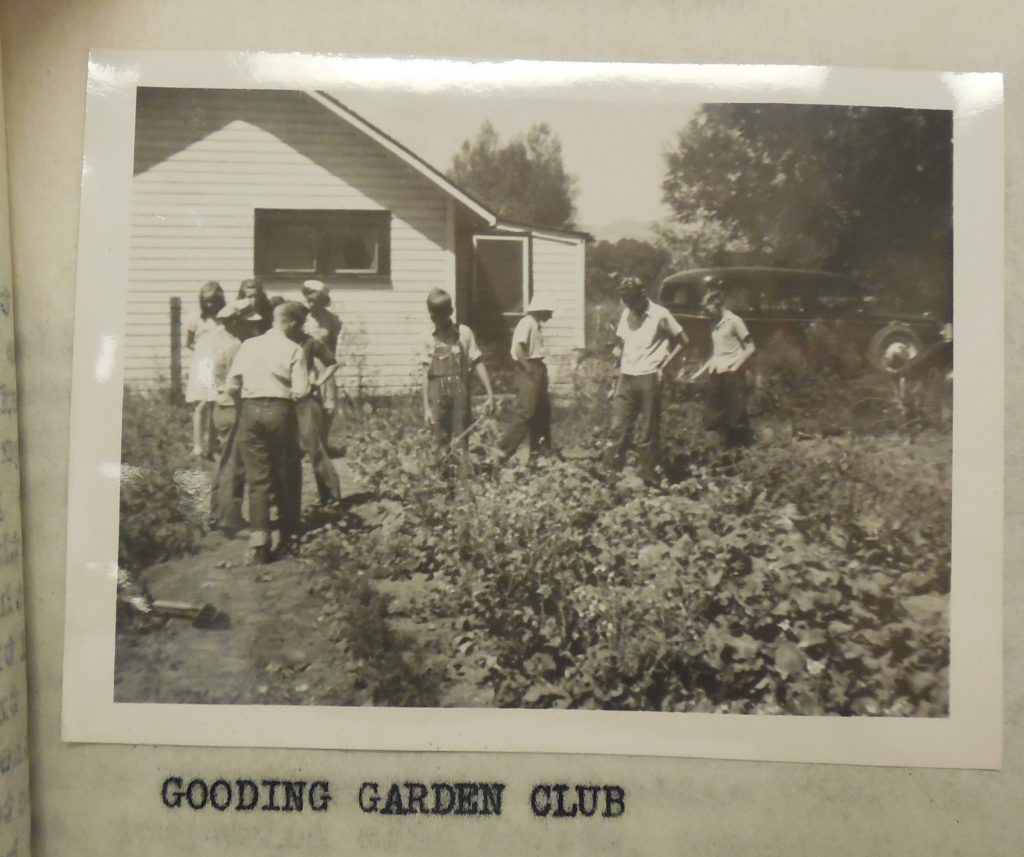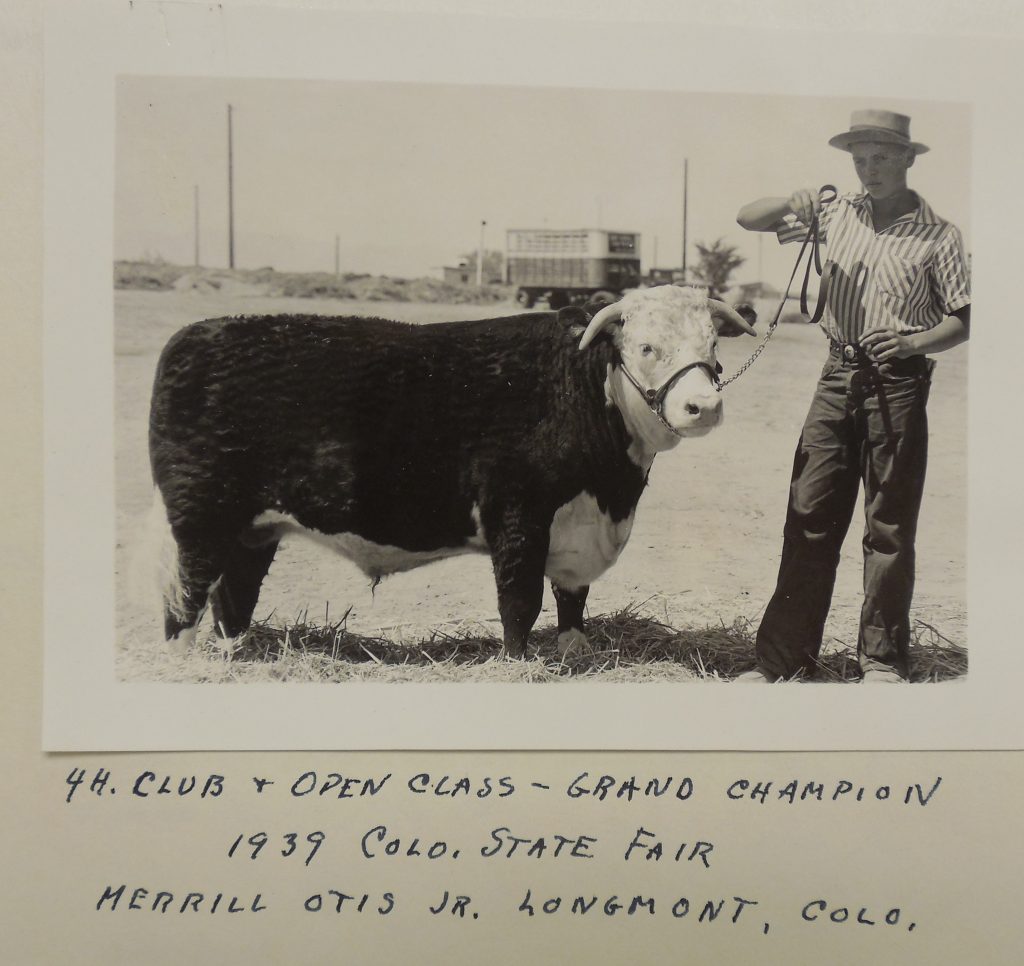
Extension Services Celebrates 100 Years 1914 – 2014
VolunteerismVolunteerism
Volunteer engagement remained strong in Boulder County’s programs and services in 2018. The number of community members involved with boards increased from 2016, as did the number of hours contributed per volunteer in 2018 Boulder County volunteer programs.
Executive Summary: Boulder County Volunteer Report 2018
Interested in becoming a volunteer? Contact our various departments in 4-H, Agriculture, Community Health, Horticulture, the Master Gardener Program and Small Acreage Management and Natural Resources.
For other volunteer opportunities, go to BoulderCounty.org.
Advisory Board
The mission of the Extension Advisory Board is to serve in an advisory capacity to the CSU Extension Services staff and the Boulder County Commissioners in developing, maintaining and providing educational programs to the citizens of Boulder County with help and guidance from Colorado State University.
The board meets on varying Tuesdays quarterly from 5 – 7 p.m. and for one additional meeting during the summer with the Boulder County Commissioners depending on their schedule. The board meets at the Boulder County CSU Extension Office at 9595 Nelson Road Natural Resource Building in Longmont Colorado.
If you have questions about the Boulder County CSU Extension Office or this committee, please call 303-678-6238 or email the main office.
Membership
The Board consists of not more than 20 members. The president or chairperson is elected and nine total members are appointed by the Board of County Commissioners (BOCC) for a three-year term. Other members represent program areas and are appointed for one-year terms.
2023
2022
2021
2020
2019
2018
2017
2016
2015
History of Boulder County Extension
On February 6, 2014, Colorado State University Extension Boulder County celebrated 100 years of service to Boulder County.
The Morrill Act of 1862 established land-grant universities whose purpose was, and still is, to educate people in agriculture, home economics, mechanical arts and other practical professions. Each state was allocated 30,000 acres for each congressional delegate. The lands, or proceeds from the land sale, was to be used to establish a public university. In Colorado, the land-grant college is Colorado State University, established in 1870 and originally named Colorado Agricultural and Mechanical College. Sixty-nine colleges in the U.S. were funded by the Morrill Act.
The Mission

The Smith-Lever Act of 1914 established the Cooperative Extension Service through the land grant college (now known as Extension in Colorado) whose responsibility is “development of practical applications of research knowledge and giving of instruction and practical demonstrations of existing or improved practices or technologies in agriculture, home economics, and rural energy, and subjects relating thereto to persons not attending or resident in said colleges.” Seaman Knapp, known as the “Father of Extension,” proposed cooperation between farms, universities and counties and the use of demonstration farms for teaching. In the early 1900s quite often railroad cars were used as classrooms for agricultural education demonstrations.
In the years following the Cooperative Extension Service establishment, agriculture and home economics improvements from universities made their way to the public. In 1913, the State of Colorado passed an act authorizing county commissioners to appropriate public funds for a county agriculturist.
On February 6, 1914, Boulder County hired Mr. H. H. Simpson as the first agriculturist; he held the position for six years. During his first year, Simpson dealt with two hog cholera outbreaks, testing milk for bacteria, seed purity and germination testing, spraying apples for worms, assisting with the construction of 15 silos, doing demonstrations of new field crop varieties, and organizing the County Fair.
The first Extension Office was in the Longmont City Hall building. Mrs. Robert (Elizabeth) Linton worked part time with Mr. Simpson, and the Boys and Girls Clubs (later to be known as 4-H). The Boys and Girls Club demonstrated new techniques to the children who in turn took the information home to mom and dad. Four clubs were formed that first year with projects in poultry, corn, sewing, gardens, and canning.
From Farming to Public Health & Beyond
Over the years, agents worked to improve livestock breeding and health, dealt with livestock disease outbreaks, seed quality and viability, increasing crop production, providing methods of prairie dog, rat, magpie, and weed management, improved home keeping methods, nutrition, food preparation and preservation techniques, purchasing of clothing and new home appliances, repairing clothing, and hat making. They worked with the county public health nurse to improve public health, beautification of the home and worked with and guided 4-H clubs and the Boulder County Fair.
During World War II, the Agriculture Agent Max C. Grandy worked with farmers to get needed parts to keep farm equipment running for food production to support the war effort, fuel rationing, scrap recycling and secured farm workers. Meanwhile the Home Demonstration Agent helped women deal with rationing by providing demonstrations and classes on clothing construction and mending, food production (Victory Gardens) and preservation, ingredient substitution in meal preparation and upholstering. Unfortunately, many of the older 4-H children did not complete their projects as they were helping their families keep the farm operating while older brothers or fathers were fighting in the war or building war equipment.
In 1958 after a major flood, Extension was involved in determining the damage to crops as well as assisting the Flood Control Committee in figuring out how to handle flood debris and cleaning up channels to prevent further damage.
Extension was a part of Boulder County’s Land Use Department until 1975 when Extension joined the new county Parks and Open Space Department. Today Extension provides research-based information on a variety of subjects from food nutrition and safety, family issues such as aging parents, leadership development (4-H program), food stamp nutrition education, gardening and horticulture, and agriculture from crops to livestock.
4H

The Colorado 4-H program is the youth division of Colorado State University Extension. 4-H had its beginnings in youth instruction offered by college agricultural agents as early as 1910, as part of the outreach mission of the Colorado land grant institution.
The 1914 Smith-Lever Act officially established Extension throughout the nation, and some of the earliest projects recorded in the Colorado county agent annual reports pertain to “boys’ and girls’ clubs,” as the 4-H programs were first known (no relation to the Boys and Girls Club of America). Following their pledge to develop “Head, Heart, Hands, and Health,” these clubs were and are some of the most successful areas of the Extension program in Colorado from the start. By 1915, participants in clubs were required to keep careful records on matters pertaining to their projects. In 1917, nine projects were offered in club work: cooking, sewing, gardening and canning, poultry, pig, corn, potato, beans, and cow-testing. Colorado club members were present at the Sioux City Interstate Fair in 1919, and at the National Western Stock Show in Denver that same year. The 4-H Round-Up, a week-long event for 4-Hers at the National Western Stock Show, began in 1930. In 1937, Colorado sent its first delegation to the National 4-H Club Camp in Washington, D.C. Today, the National 4-H program functions as one of the largest out-of-school education programs for boys and girls on a state, national and world level. 4-H operates under the fundamental ideal of “learning by doing”, which encourages youth to experiment, innovate, and think independently.
The mission of 4-H is to provide meaningful opportunities for youth and adults to work together creating sustainable community change. This is accomplished within three primary areas: Citizenship, Healthy Living, and Science. Regardless of the program or project area, all youth should gain knowledge and skills related to these three Mission Mandates. The 4-H program has five primary program areas: Civic Engagement (Citizenship, Leadership, and Personal Development); Family and Consumer Science (FCS) and Healthy Living; Agriculture, Environmental, and Animal Science; Science, Technology, Engineering, and Math (STEM); and Art. The educational foundation of 4-H lies in these five program areas. These program areas reiterate the founding purposes of Extension (i.e., community leadership, quality of life, and technology transfer) in the context of 21st century challenges and opportunities.


